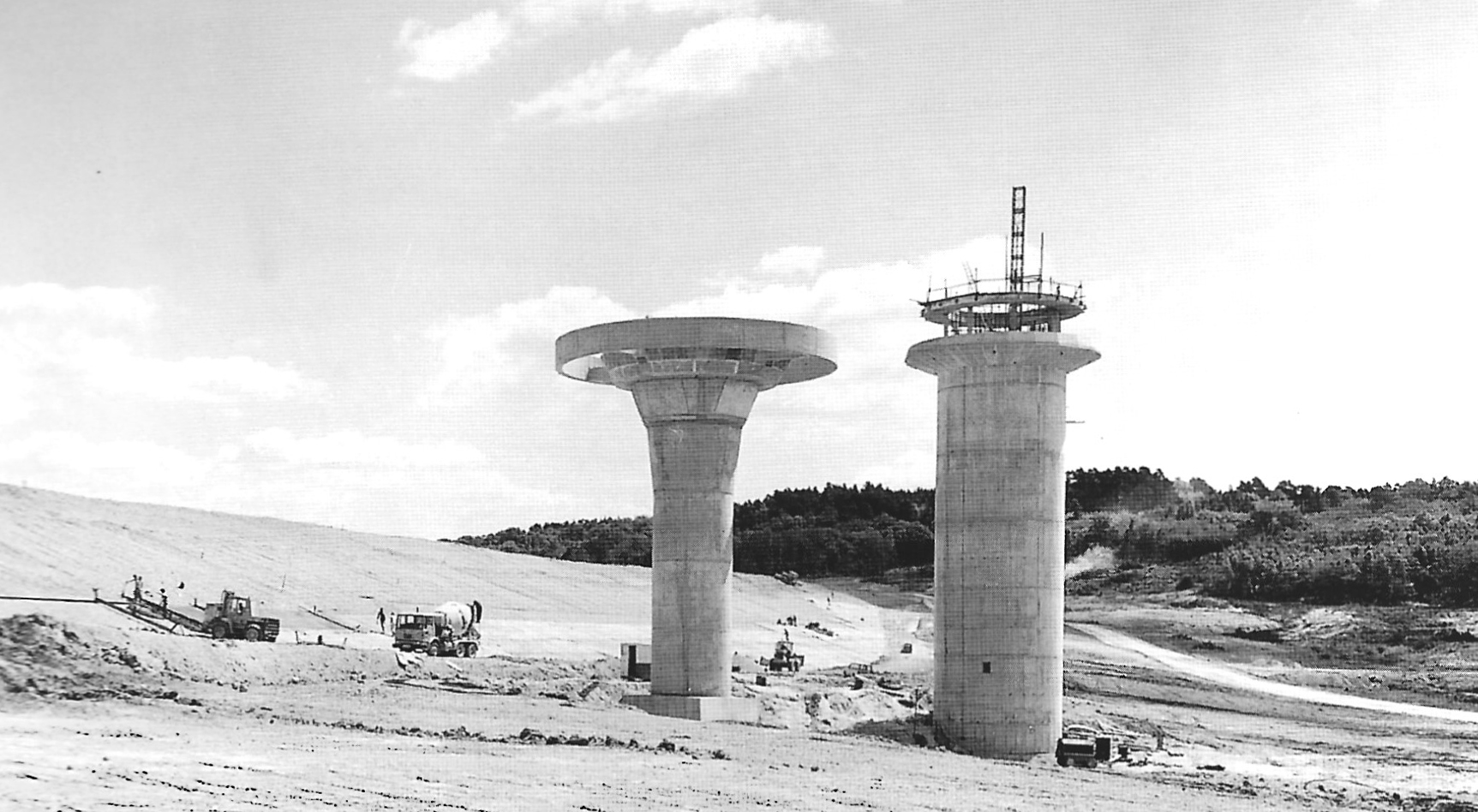
Bewl Water celebrates its 50th Anniversary
The largest stretch of open water in the South East of England hits half century.
Bewl Water, the largest stretch of water in the South East of England, is celebrating its 50th anniversary of the reservoir. The reservoir is so large it spans two counties, Kent and East Sussex.
After the Queen gave Royal Assent to the Medway Water Act in 1968, the Bewl Valley project began in 1973, 50 years ago.
Southern Water needed a new water supply to keep up with demands from a growing population of towns including Medway, Thanet and Hastings.
Once complete, the valley was flooded and filled with 31,000 million litres of water, enough to cover six London buses stacked on top of one another. The reservoir boasts a 30-metre high and 1,800-metre-long dam. This was done by excavating clay from the grounds to dam the valley.
The reservoir cost £11 million to build and took two years to complete. The man-made reservoir covers around 800 acres and has the capacity to provide up to 150 litres of water a day for nearly 200 million people.
Graham Setterfield, 77, Deputy on site Engineer in 1973, said: “I remember back then during the summer you could jump over the river Bewl. I was 26 years old when I started working with a team of around twenty designers, technicians and inspectors, all having backgrounds in civil engineering or similar.”
Graham recalls, “It was a three-year construction project for us and during the summer months the working day was about 18 hours, 7 days a week. There was a lot of local interest from the community, we had both ends of the s. We built a viewing car park for residents and visitors to watch our progress, and I also had a conversation with an animated local vicar who thought the work should be stopped because we were desecrating the countryside.”
Southern Water and South East Water, who work in partnership, currently use this reservoir to service customers in East Sussex and Kent, and replenish the Medway.
Ashley Marshman, Head of Operational Customer Service at Southern Water said, “We’re delighted to be here today marking the 50th anniversary of Bewl Water. It was a major engineering feat to build such a much loved and integral reservoir. It is testament to the success of the forward thinking of the time and it is a vital part of our water resources plan for the area of Kent and East Sussex.”
Nick Bell, South East Water’s Head of Operations for Kent said, “Bewl Water reservoir is a vital part of our future for water resources and we are pleased to work in a successful partnership with Southern Water. It is also a much-loved amenity for the communities we serve and we are proud to be part of that aspect too.”
Dunsters Mill
During construction of the reservoir, Dunsters Mill House, a 14th Century building, was moved brick by brick to Three Leg Cross.
The house stood in the middle of Bewl Water and the Medway Water Board agreed to move it. It took two years to transport and rebuild the house at the new site.
The work was so detailed that the workmen labelled the beams and window frames. Lots of houses had to be demolished but Dunsters Mill was saved because it was a Grade II star listed building and of historic importance.
Fun Facts
- 1968: The Queen gave Royal Assent to the Medway Water Act
- 1973: Bewl Valley Project began
- The reservoir can hold 31,000 million litres, nearly 7,000,000,000 gallons of water – enough to cover six London buses stacked on top of one another
- The £11 million project was completed in two years
- Up to 26 million litres of water can be treated every day
- Bewl Reservoir has the capacity to provide up to 150 litres of water a day for nearly 200 million people
- 30 metre high and 1,800 metre long dam was built
- 60 million gallons of water are pushed uphill to the reservoir
- The surface area of Bewl is the same size as 436 Wembley football pitches
- When full, Bewl holds the equivalent of one gallon of water for every man, woman and child on earth
- The reservoir is surrounded by 800 acres of woodlands, forests, walking and cycle trails
- Dunsters Mill - a 14th Century, Grade II listed building, took two years to be transported
- The area was chosen because of its proximity and low population. The land included clay and was far enough away from major roads and railways, which meant minor disturbance during construction
- 2million cubic metres of clay and sandstone materials used to build the dam
- Rain and spring water does not fill the reservoir. Pumping stations at Smallbridge and Yalding such 360ml/d from the Medway to fill the reservoir – 360,000 tonnes of water a day. In the summer the water is released back into the Medway via the pipes to be pulled out to make drinking water for the Medway towns.
- A small amount of water is constantly allowed to flow from the bottom of the dam to keep the river Bewl flowing without scouring the banks and bed.
